News
Threads of Time: Embroidered Garments That Changed History
Embroidery has always been more than decoration. Across centuries and continents, carefully stitched motifs on fabric have told stories of power, heritage, and personal identity. From royal courts in Europe to bustling workshops in Asia, and from national costumes to haute couture gowns on the red carpet, embroidery has been both an art form and a cultural language. Some embroidered garments have even gone beyond their threads, becoming historical symbols in themselves. This article takes you through a journey across time and style, exploring the embroidered pieces that left unforgettable marks on history.
The Power of Embroidery in Fashion Icons
Throughout history, certain figures have used embroidered garments not only to adorn themselves, but to send messages of status, identity, and defiance.
Take Elizabeth I of England. The queen of the late sixteenth century is often remembered for her commanding presence, and part of that presence was her wardrobe. Her gowns were not simply clothing; they were public statements of authority. Richly embroidered with flowers, animals, and allegorical symbols, her dresses transformed her into a living tapestry. Every stitch was a reflection of power and wealth, as well as England’s dominance in trade and craftsmanship. To appear in such garments was to embody monarchy itself.
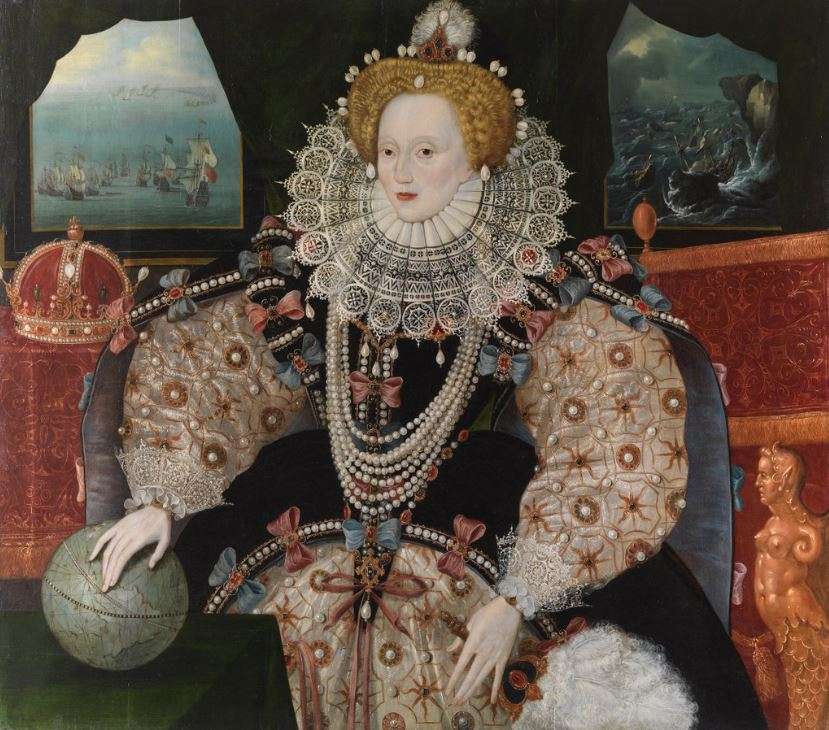
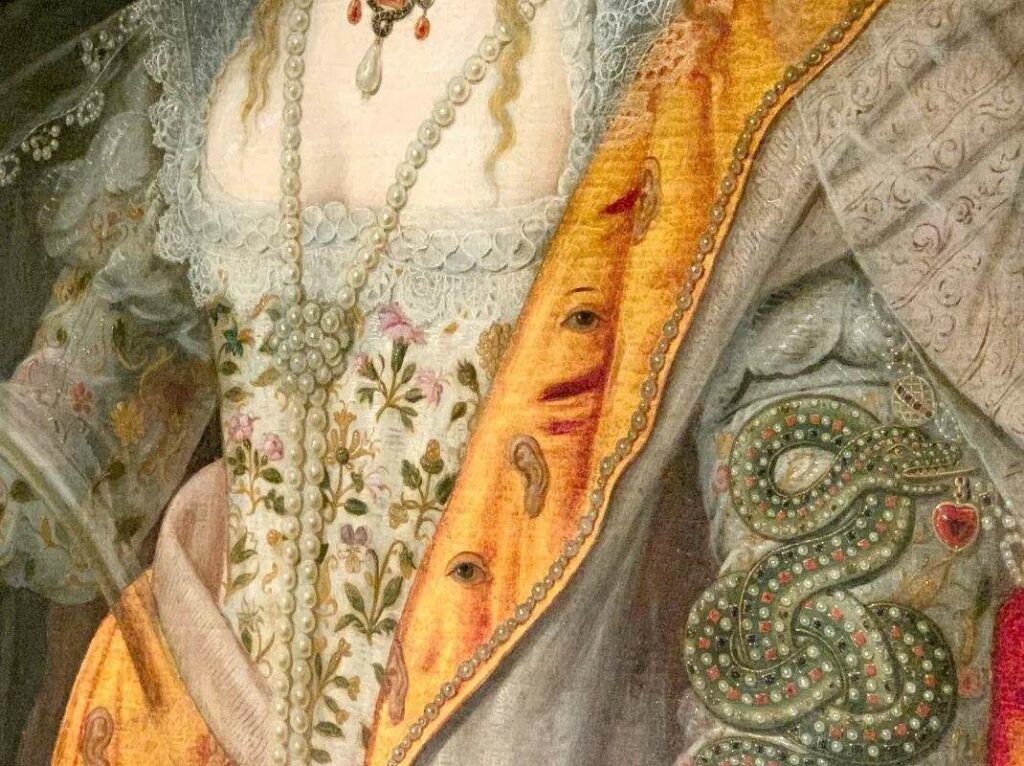
Centuries later, embroidery became the visual signature of another unforgettable figure: Frida Kahlo. Unlike Elizabeth I, Kahlo did not use embroidery to reinforce existing structures of power, but to carve out her own. She often wore Tehuana dresses—traditional garments from Oaxaca, Mexico—lavishly embroidered with vivid florals. For Kahlo, these clothes were not mere fashion choices. They were assertions of cultural identity and pride, statements of solidarity with indigenous traditions, and even shields to disguise the physical pain she lived with. In countless self-portraits, her embroidered blouses become part of her story, immortalized alongside her face.
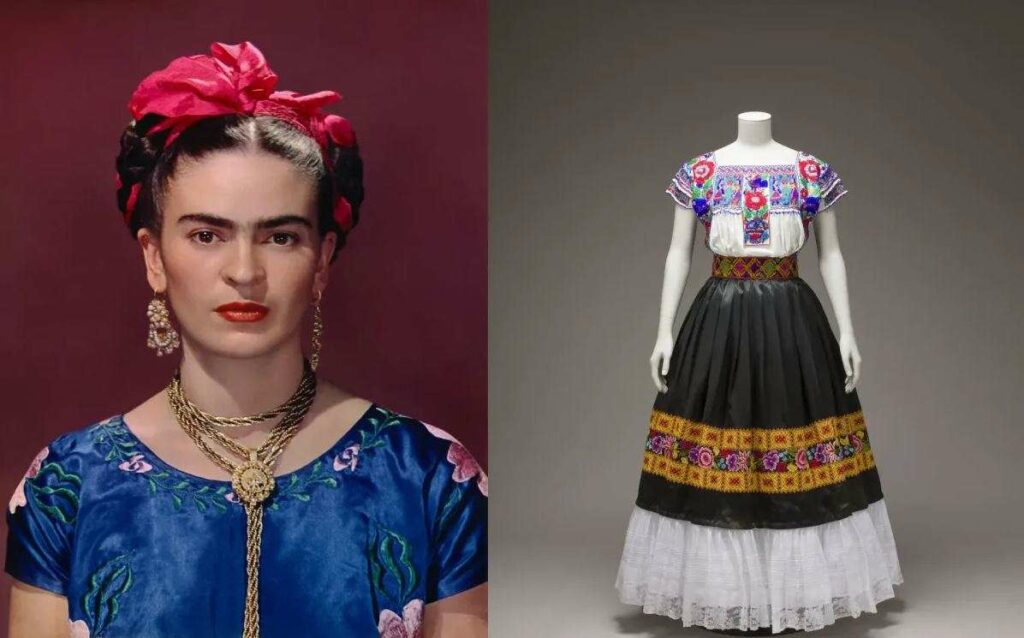
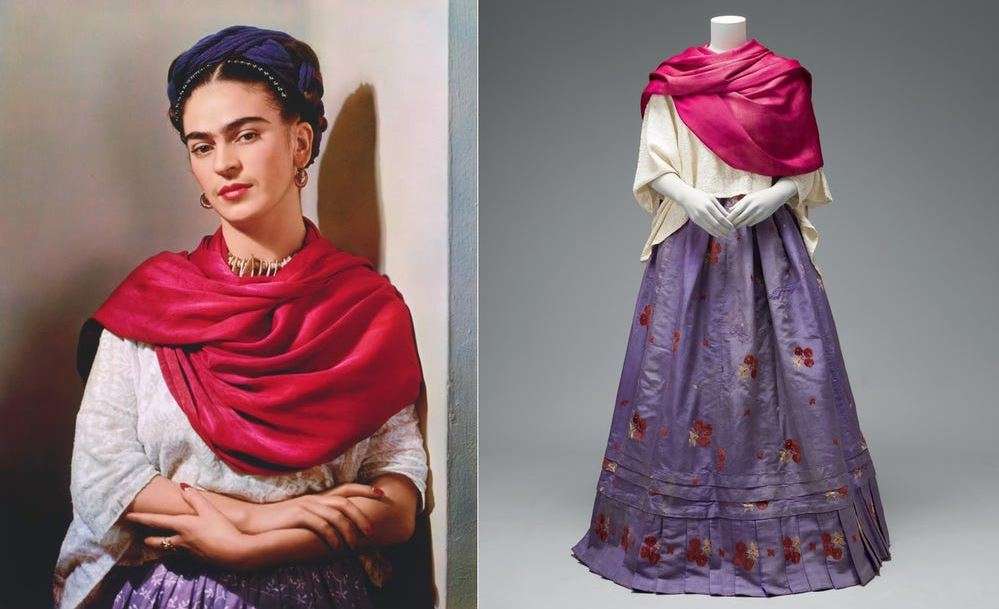
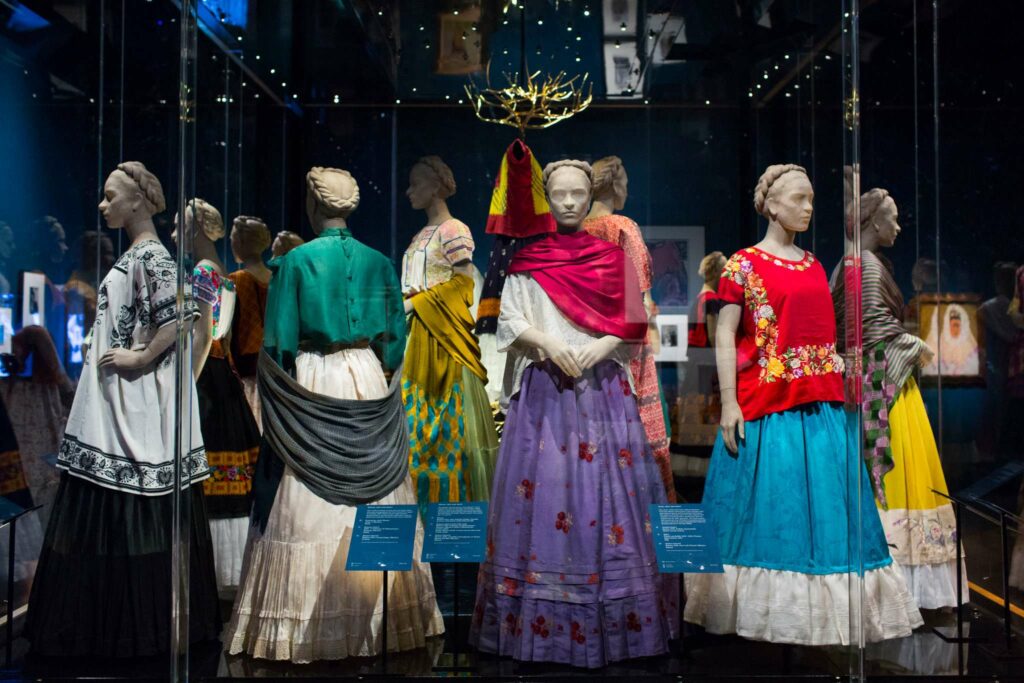
High fashion designers, too, have continued to use embroidery as a tool for storytelling and luxury. Alexander McQueen, for instance, elevated embroidery to surreal art in his collections, stitching delicate yet unsettling motifs that challenged perceptions of beauty. Dior and Gucci have consistently returned to embroidery to express both heritage and innovation, relying on the craft to convey opulence on runways. In these contexts, embroidery is no longer only about ornamentation—it is a narrative language in itself, one that invites interpretation and emotional reaction.
Embroidery as a Cultural Heritage
While queens and artists shaped personal identities through embroidery, entire cultures have preserved collective memory in stitched threads. Traditional garments across the world carry embroidery not just as beauty, but as legacy.
Vietnam’s áo dài, for example, has long been a symbol of elegance and national pride. Often crafted in silk, the áo dài becomes even more striking when embroidered with motifs like lotuses, cranes, or dragons. These patterns are not arbitrary—they carry layers of meaning. A lotus, for instance, symbolizes purity rising above adversity. Historically, embroidered áo dài were worn during weddings, festivals, or by members of the royal court, each garment a piece of cultural storytelling worn close to the body.
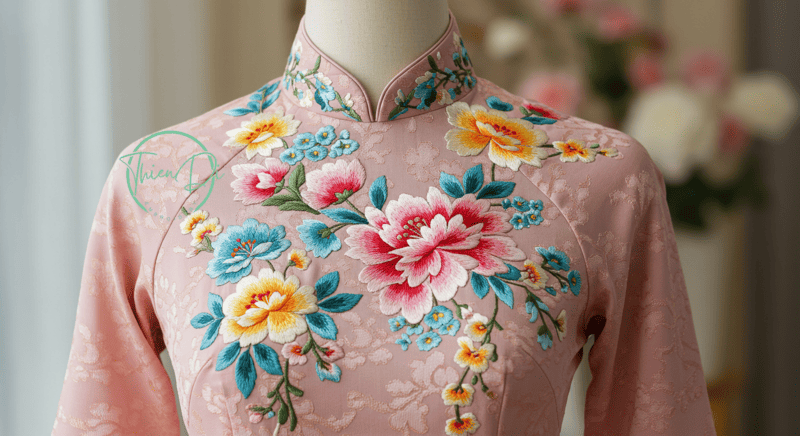
In Japan, the kimono serves a similar role as a canvas for embroidery. The art of nuido, or Japanese embroidery, involves silk threads so fine they glimmer with movement. Traditional motifs such as cherry blossoms, cranes, and waves reflect nature’s cycles and philosophical beliefs. A kimono embroidered with a crane is not simply elegant; it symbolizes longevity and good fortune. Each stitch captures a fragment of Japanese aesthetics, where beauty lies in subtlety and transience.
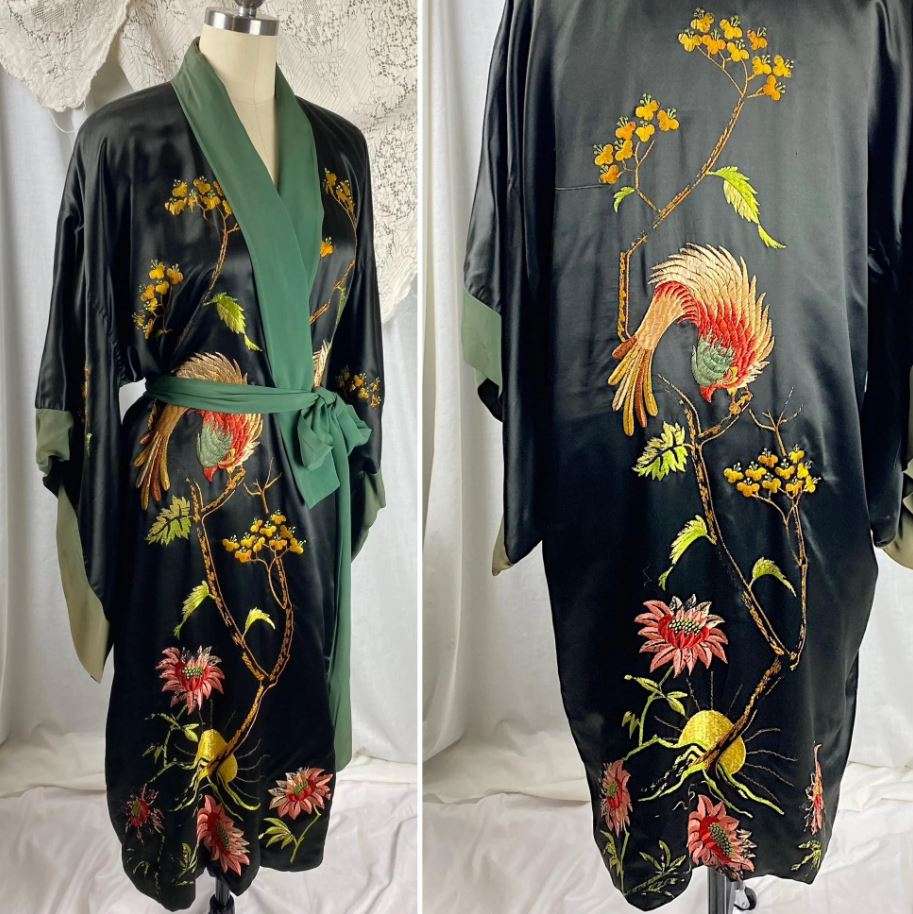
India, too, has cultivated embroidery into a treasure of cultural expression. The sari, particularly those embroidered with zari—the use of metallic threads of gold or silver—was historically reserved for nobility and sacred rituals. Even today, bridal saris often gleam with intricate embroidery, turning the fabric into a shimmering declaration of tradition and joy. Each region of India has its own embroidery technique, from the mirror-work of Gujarat to the kantha stitches of Bengal, creating a mosaic of diversity across the subcontinent.
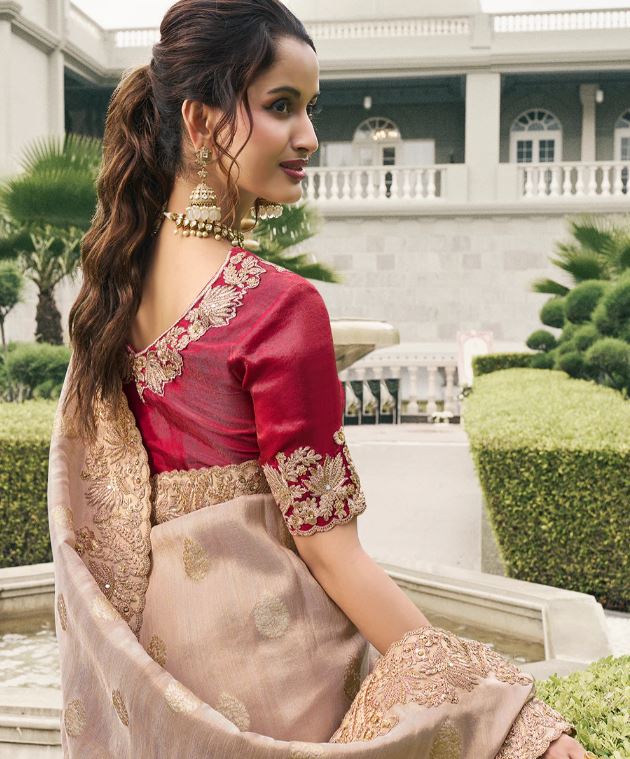
These examples illustrate how embroidery transcends fashion. It preserves history, carries spiritual meaning, and continues to define cultural identities in ways that garments without embroidery could never achieve.
Embroidery on the Red Carpet
Embroidery is not confined to the annals of history or traditional dress. It continues to command attention in the most glamorous of modern arenas: the red carpet.
When Jennifer Lopez appeared at the Met Gala in 2015, her gown immediately became one of the most discussed looks of the evening. Designed by Versace, the dress was sheer and daring, but it was the embroidered dragon swirling across her body that made the impact. The fiery red stitching transformed the dress into an emblem of power and sensuality, a bold interplay between mythical imagery and contemporary sex appeal.
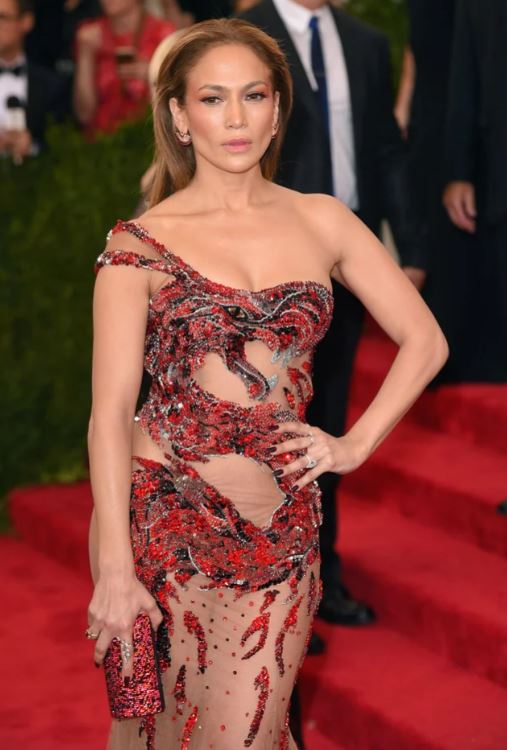
Rihanna’s entrance at the Met Gala in 2018 was another unforgettable moment. Clad in a bejeweled ensemble by Maison Margiela, she reinterpreted papal attire through embroidery and embellishment. The garment was not only technically extraordinary—requiring countless hours of handwork—it also carried layers of cultural commentary, bridging sacred iconography with modern celebrity spectacle. The embroidery elevated the outfit from costume to cultural event.
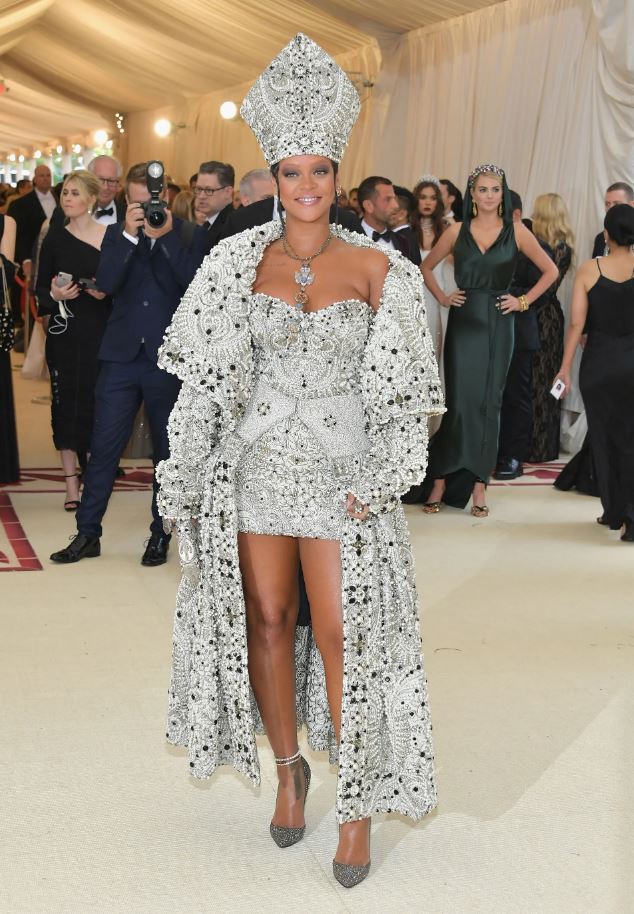
Cate Blanchett, Beyoncé, and Zendaya have all embraced embroidered couture at different award shows and galas. Each time, the embroidery acts as more than decoration: it’s the detail that transforms fabric into a story. Whether it’s Beyoncé shimmering in gold-embroidered gowns that echo divine imagery, or Zendaya channeling historical motifs through stitched embellishments, these garments are remembered because their embroidery speaks directly to the imagination.
What makes embroidery on the red carpet particularly powerful is its visibility. Millions of eyes witness these garments in a single night, ensuring that the artistry of embroidery—once confined to royal courts or cultural rituals—becomes global, shared, and endlessly reinterpreted through photographs and media coverage.
From Legacy to Modernity
Looking back, embroidery has woven its way through history in extraordinary ways. Elizabeth I wielded it as a political tool, Frida Kahlo transformed it into personal iconography, and cultures across the world embedded it into the very fabric of tradition. Today, embroidery strides confidently onto red carpets and fashion runways, reminding us that the craft is as alive and relevant as ever.
Every stitch tells a story. Some stories are of power, others of identity, heritage, or daring artistry. What unites them is the way embroidery transforms garments into legacies. A plain dress might fade into memory, but an embroidered dress endures, etched into history by the needle’s touch.
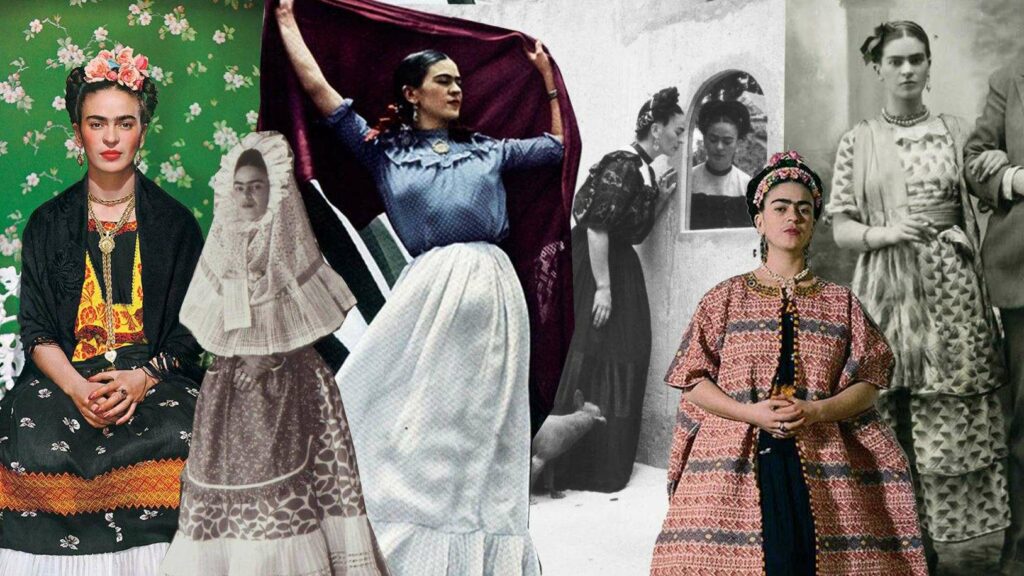
As we move deeper into the twenty-first century, embroidery continues to bridge past and present. Designers experiment with new techniques, mixing digital technology with handcraft, but the essence remains the same: embroidery is a language of detail, patience, and meaning. Whether preserved in museums, displayed on red carpets, or worn as part of everyday culture, embroidered garments remind us that fashion is never just surface. It is story, stitched for eternity.

